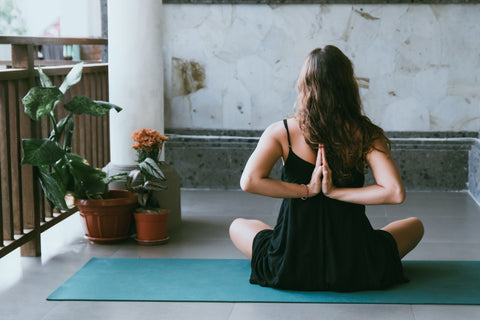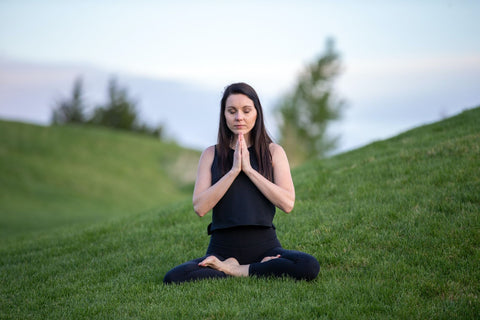Teaching yoga is one of the most gratifying things you could ever do! Not only do you have the ability to change someone’s life, but you can help people get out of physical and emotional pain.
However, teaching yoga isn’t all rainbows and butterflies. While gratifying, it can also be challenging being a yoga instructor. Here are the top five things you need to know about becoming a yoga instructor!
It will take time.

The moment you finish your 200-hour yoga teacher training is the moment your real training begins. Very few people leave a 200‑hour yoga teacher training ready and fully equipped to teach. Keep the following tips in mind:
- Be patient.
- Practice teaching as often as you can.
- Keep up your practice.
- Volunteer to teach at a shelter or a hospital if you can.
By doing any of the tips listed above, you will learn all about of the different body types and injuries. Don’t worry about being judged on your teaching. The more practice you get, the more confident you’ll become. They may even be going through something that you have the ability to help heal.
Once you start teaching at a studio, it may take time to build up your classes as well as your clientele, so create goals for yourself. Do you want to teach full time? Find out how many classes you need to teach per week to make a living. This may take a lot of time to build up, so be patient and don't quit your day job just yet! It’s important to remember that yoga studios are businesses and thrive on class attendance. Work on attracting new students to your classes and retaining your regular students. A great way to maintain your spot on the schedule is to be an integral part of the studio community. Take as many classes as you can, join in on studio challenges, and get to know the other students and teachers. Students love to practice with their teachers—you inspire them. Taking classes will also keep your teaching fresh, as you may get ideas from other teachers on new ways to cue things or implement fun transitions.
Practice what you teach.

The best advice for new yoga teachers is not to lose your practice. Many new teachers start teaching as many classes as possible right away—just to earn a living. But they forget to make time for their own practice. If you lose your practice, what’s the point of teaching? You got into this because you love yoga. If you don’t even get to practice, then something needs to change.
Practice safe yoga.

Make sure that you are comfortable teaching and assisting each of the poses in your sequence. You should be able to safely demonstrate, effectively cue, and correctly assist every pose you teach.
Practice your sequence before you teach it. You should know it in your body before you teach it to others.
Your students are not your guinea pigs and you should never try a transition or a pose for the first time on them. If you’re not sure if something is safe, don’t do it—listen to your gut. Yoga can be very dangerous when not practiced safely. Even poses as seemingly harmless as Crow pose (Bakasana) can cause injury if your student is not ready for it. When in doubt, research safety tips and contraindications for poses you’re not sure about.
Invest in yoga insurance.

Whether you are a full-time or part-time instructor, the $179 policy that beYogi offers is a must-have. Especially if an opportunity comes up to teach a couple extra hours a week outside of your studio, having a policy that covers you even when you are off-site is extremely beneficial.
Stay true to you.







